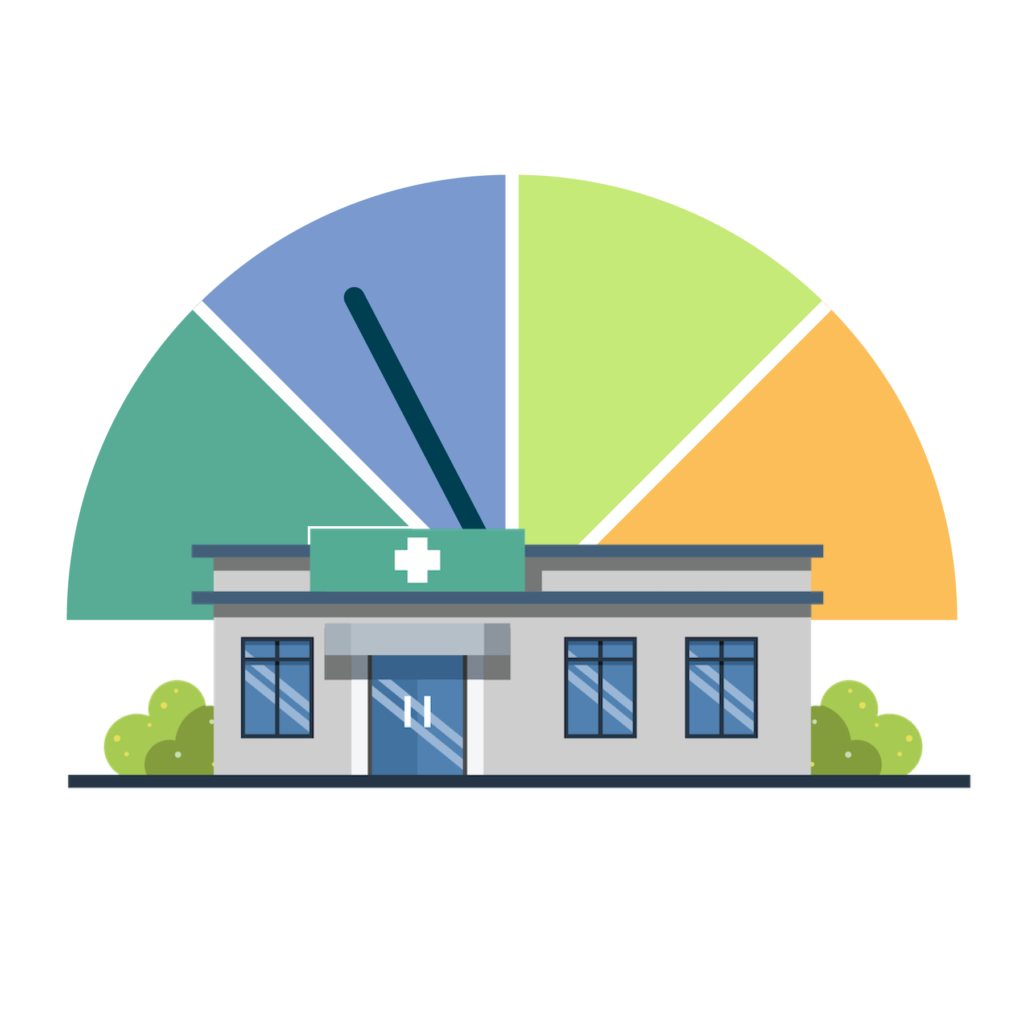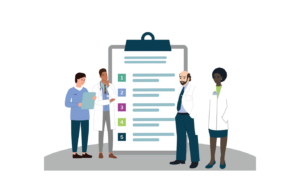How Medical Practices are Adjusting for Changes in Credit Score Reporting

New changes to the way credit reporting companies calculate creditworthiness have many medical practices and hospital systems on alert. Medical practices are having to combat these changes to ensure that there is not a collection crisis down the road. These changes are a result of a new way that many of the most common credit organizations are determining credit scores. It is important for medical practices to be aware of these changes and plan accordingly to ensure that they still receive proper payment.
Combating Medical Debt
Despite the fact that the overwhelming majority of those with medical debt have health insurance, millions of Americans are struggling with large amounts of medical debt. Often, individuals accumulate medical debt due to unpaid services such as office visits, tests, procedures or ambulance rides that are uncovered by health insurance. Unfortunately, even with the best possible health insurance coverage, these costly bills aren’t always covered and can add up.
Medical debt can hinder the lives of patients in more ways than one. Large, unexpected medical debts can accumulate from a single injury or illness, increasing financial liability for the patient. These large debts can impact their ability to apply for apartments, get car loans or jobs. Accumulation of medical debt can greatly impact the lives of patients. However, there is change to come regarding the impact of medical debt on credit score.
New Credit Score Calculations
Recently, Vantagescore Solutions LLC has reported that they will no longer include medical bills that have been sent to a collector in their credit reporting model.
VantageScore Solutions LLC is an organization owned by three major credit bureaus: Experian, TransUnion, and Equifax and it was formed to provide an alternative to Fair Isaac Corporation’s FICO Credit Score. The recent changes mean that for those major credit reporting agencies under Vantagescore, unpaid medical bills will no longer affect credit score. VantageScore cites that unpaid medical bills should have little to nothing to do with predicting the value of an individual’s creditworthiness. For some patients, this can mean an immediate improvement in their Vantagescore credit score up to 20 points.
The announcement about these changes to credit score calculations must come as great news to patients. The elimination of medical debt in consideration of credit score means greater opportunity for them to acquire car loans, to get a job or to rent an apartment. Aside from this, it also could reduce a patient’s fear of acquiring more medical debt, meaning patients could return more often for follow-up care or needed procedures. Although these changes bring welcome news for patients, some medical practices are concerned that these changes will lead to a collections crisis.
What Do These Changes Mean for Medical Practices?
Although good for patients, these new standards have created cause for concern for medical practices and healthcare systems. Medical practices are concerned that these changes may cause an issue with collecting payment from patients, which would create a cash flow and profitability problem. With medical debt no longer affecting the credit score, there is less incentive for patients to pay off their medical bills, especially in a timely manner.
This shift may increase practice expenses due to added costs of collections and other additional resources to gather payments from patients. To combat these changes, many medical practices are brainstorming ways to encourage and streamline patient payment for medical bills. Forward-thinking practice leaders and executives are taking action. Here is a guide practice leaders can use to learn about the specific changes coming to VantageScore, examine the impacts to healthcare organizations, and gain best practices for mitigating possible negative impacts.
How Automation Can Help Your Practice Prevent a Collection Crisis
Practices need to take proactive measures to pre-empt potential collections issues, regardless of the cause. There are numerous ways to accomplish this goal, however, one of the best options may be to invest in automation. Automation, through patient engagement solutions, can assist your practice by:
- Verifying insurance eligibility at multiple patient touch points, including check in and scheduling
- Adapt the patient engagement workflow to collect payment for treatments or procedures that are not covered by medical insurance
- Simplify the collections process to create a more comfortable and convenient way for patients to pay their bills during their visit
Tools like insurance eligibility verification can take the burden off of your staff, all while quickly ensuring that patients have coverage for a treatment, procedure or test. When weighing your options for patient engagement solutions vendors, consider a patient engagement platform that will take time out of insurance eligibility verification so your practice can get paid faster and accelerate cash flow. With a reliable real-time insurance eligibility verification platform your practice can:
- Know before a procedure is performed what is going to be required out of pocket from patients
- Get patients to make payments immediately in a manner that is convenient to them: online, tablet, smartphone
- Decrease insurance denials by 90%
- Accelerate cash flow by 65%
Patient engagement solutions also make it easy to alter the patient engagement workflow by implementing digital communication tools. In addition, patient engagement solutions can simplify the collections process by creating a user-friendly and accessible way for patients to securely pay their outstanding medical bills.
Best Practices For Automated Collections
Automated collections can help encourage payment earlier in the process, rather than waiting until the expense has already become a debt. There are a few ways to implement this approach into your practice.
With many digital check-in systems, you will be able to customize what is shown to your patients when they check in. As a part of your check-in workflow, you can subtly ask for payment at this time and attempt to collect payment as a first matter of business.
Another option, especially if you are unable to alert patients about their outstanding balance digitally, is to have your front desk staff relay the information. By your front desk staff asking the patient directly for payment, it may encourage more to go ahead and pay off at least a portion of their medical debt. You can also use your patient engagement platform to communicate with your patients. Consider two-way texting and appointment reminders to encourage patients to pay outstanding balances.
Forward-planning practice leaders are implementing a process to verify insurance eligibility in real time and at multiple patient check points. For example, you can verify insurance eligibility during online self-scheduling, or when the patient checks in.
Do you want to learn how Clearwave can help your practice prevent a collections crisis? Download the eBook to learn more about the actions medical practices are taking now!




